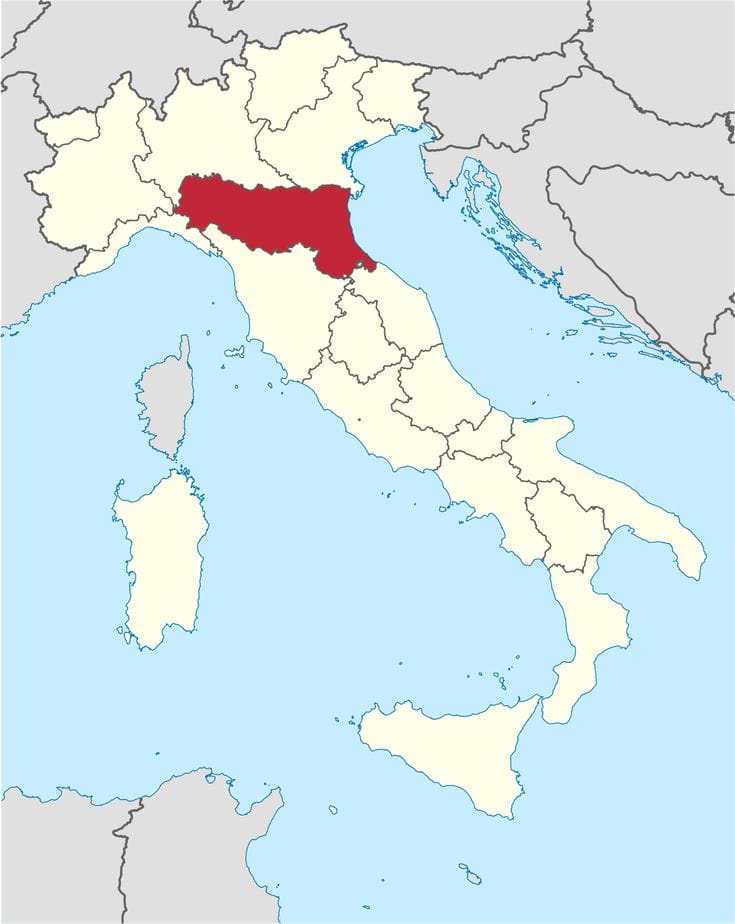Italy is a significant player in European life sciences
Italy is ranked no.1 in the European Union for CDMO manufacturing, no.4 for clinical trials and no.6 for exporting life sciences products. Close to 180,000 people are employed across the pharma and medical technology sectors and the country has 12 centres of excellence and six science parks dedicated to life sciences. Moreover, there exist over 50 universities in Italy with programmes related to the life science field, which provide a highly skilled workforce and a source of spin-outs.
The Emilia-Romagna ecosystem
Emilia-Romagna is an Italian region in northern Italy with 4.4 million inhabitants. It is bounded by the regions of Veneto and Lombardy to the north, Piedmont and Liguria to the west, and Tuscany, Marche, and the Republic of San Marino to the south. The capital of the region is Bologna and the other most populous cities are Modena, Reggio nell'Emilia, Parma and Ferrara. Emilia-Romagna today is the third wealthiest Italian region by GDP per capita.
Historically, Emilia-Romagna has been characterised by a diverse economic landscape. It has excelled in agriculture, manufacturing (particularly in automotive and textiles), chemicals, ceramics, and tourism. This historical diversity has contributed to the region's economic resilience, alongside its emerging strength in the life sciences sector.

Trains to Milan are very frequent and the journey can take as little as one hour. Emilia-Romagna has four international airports: Bologna (the main one in the centre of the region), Parma (to the west), and Forlì and Rimini (to the east). The motorway network connects the region from the north-west (Piacenza) to the south-east (Adriatic coast), linking the cities of Parma, Reggio Emilia, Modena, Bologna, and from here further to Ravenna and, Rimini.





